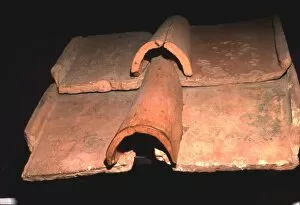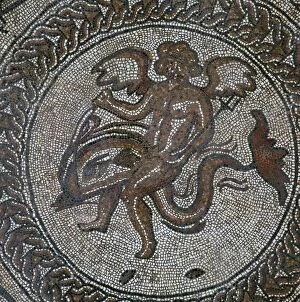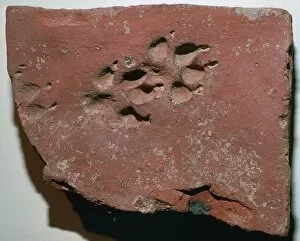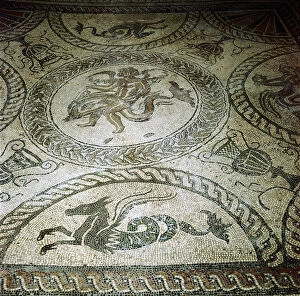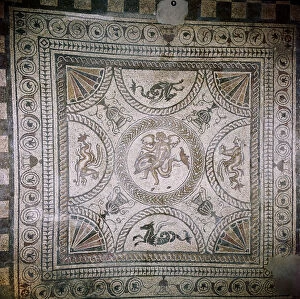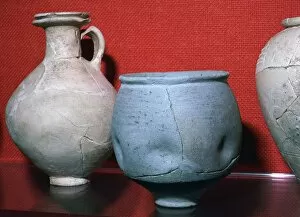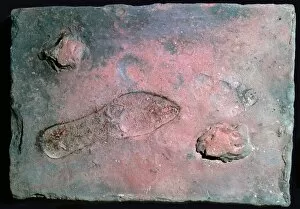Fishbourne Roman Villa Collection
The Fishbourne Roman Villa in Sussex, England, is a captivating glimpse into the opulence and grandeur of ancient Roman life
All Professionally Made to Order for Quick Shipping
The Fishbourne Roman Villa in Sussex, England, is a captivating glimpse into the opulence and grandeur of ancient Roman life. This remarkable site showcases various artifacts that provide valuable insights into the lifestyle of the elite during the 1st to 3rd centuries. One of the highlights is a meticulously crafted model of a Roman villa, believed to be a royal palace. This miniature masterpiece offers an intricate depiction of architectural details and layout, allowing visitors to envision how these luxurious residences were designed. The villa's roof tiles are another fascinating feature on display. Dating back to the 1st century, these tiles showcase exceptional craftsmanship and demonstrate the Romans' advanced engineering skills in constructing durable structures. Amongst its stunning floor mosaics is one depicting Cupid riding on a dolphin—a symbol of love and beauty—dating back to the 1st century. Another mosaic showcases an intricately designed sea-horse—an enchanting creature from ancient mythology. Interestingly, there are also preserved tiles with human and dog footprints imprinted upon them from around the 3rd century. These remnants offer glimpses into everyday life at Fishbourne Roman Villa, where inhabitants left their mark for future generations to discover. Art enthusiasts will appreciate fragments such as a marble head sculpture representing youth from the 1st century. Its delicate features capture both artistic skill and timeless beauty. A striking Medusa-head mosaic discovered within this magnificent palace further exemplifies Roman artistry at its finest—depicting mythological creatures with incredible detail and precision. Two additional mosaics depict Cupid riding on dolphins—a recurring theme throughout this historical site—symbolizing love's triumph over adversity. These masterpieces serve as reminders that even amidst opulence, love remains an essential aspect of human existence. Delving deeper into architectural marvels, visitors can explore hypocaust systems used for underfloor heating in this lavish palace during its later years in the 3rd century—a testament to the Romans' innovative engineering techniques.


